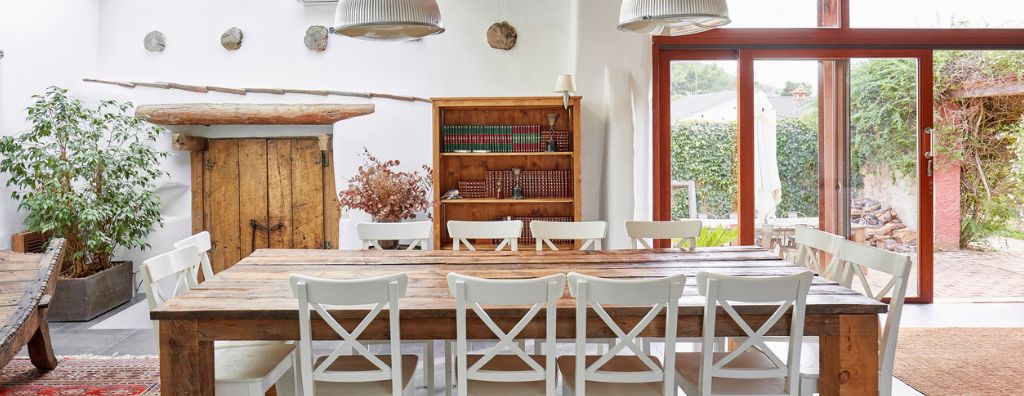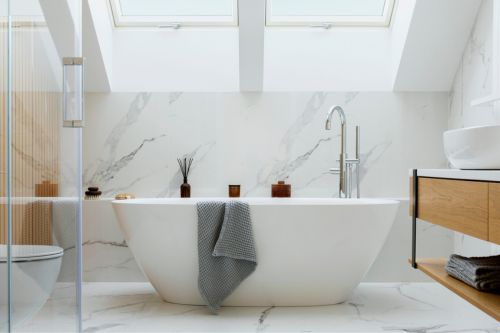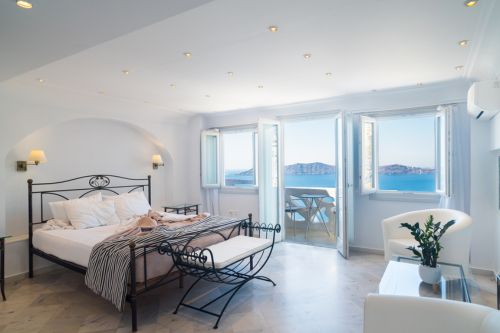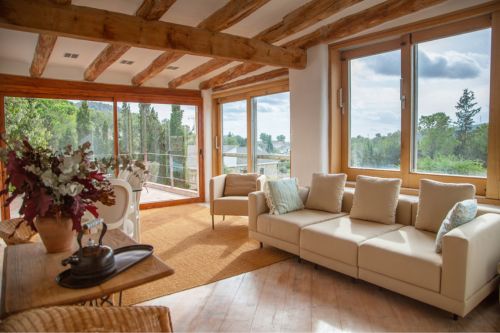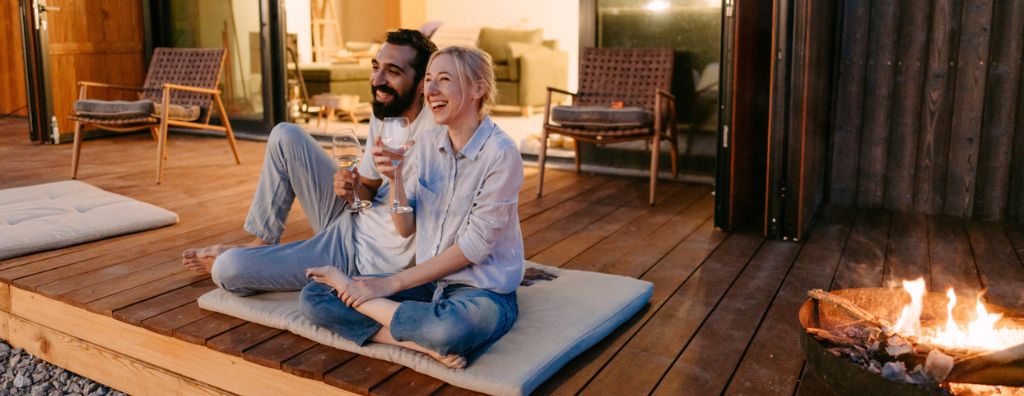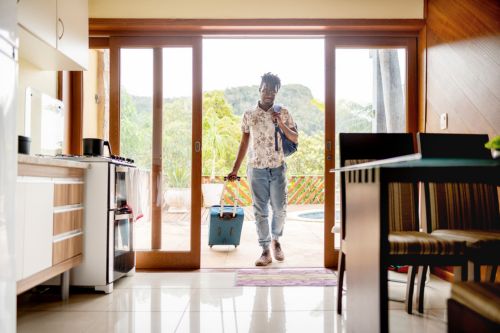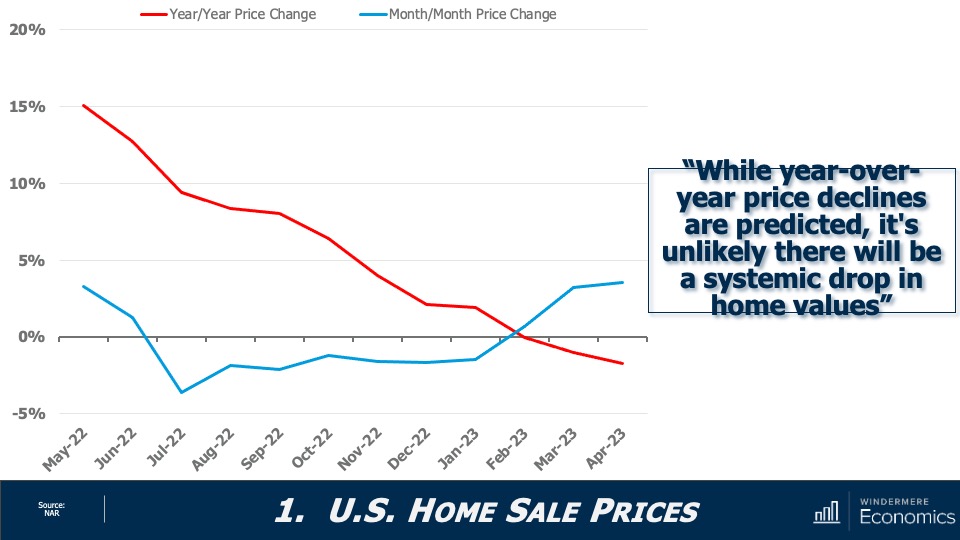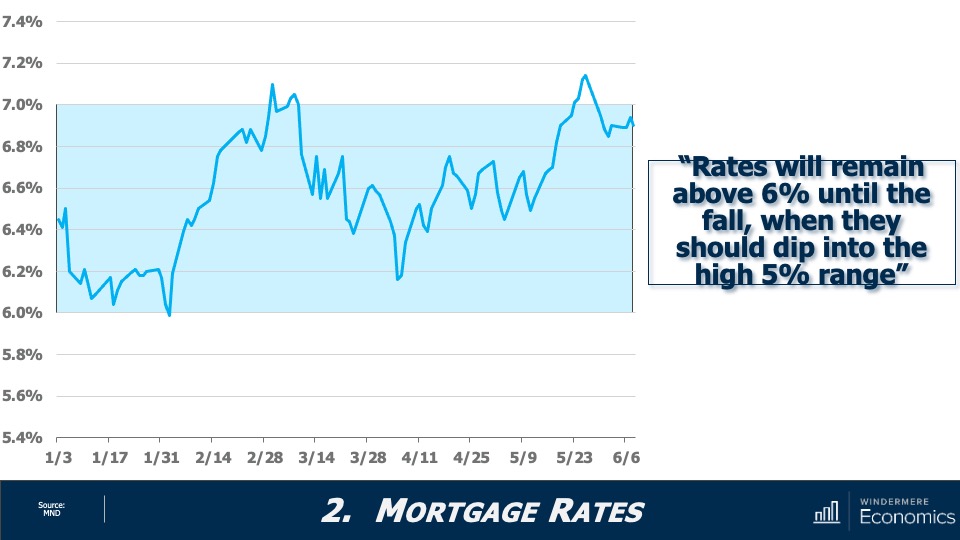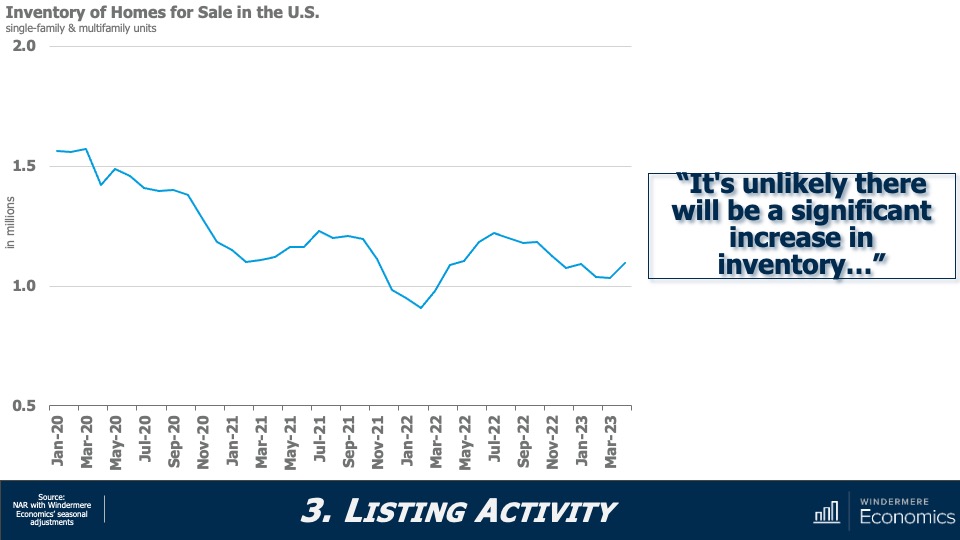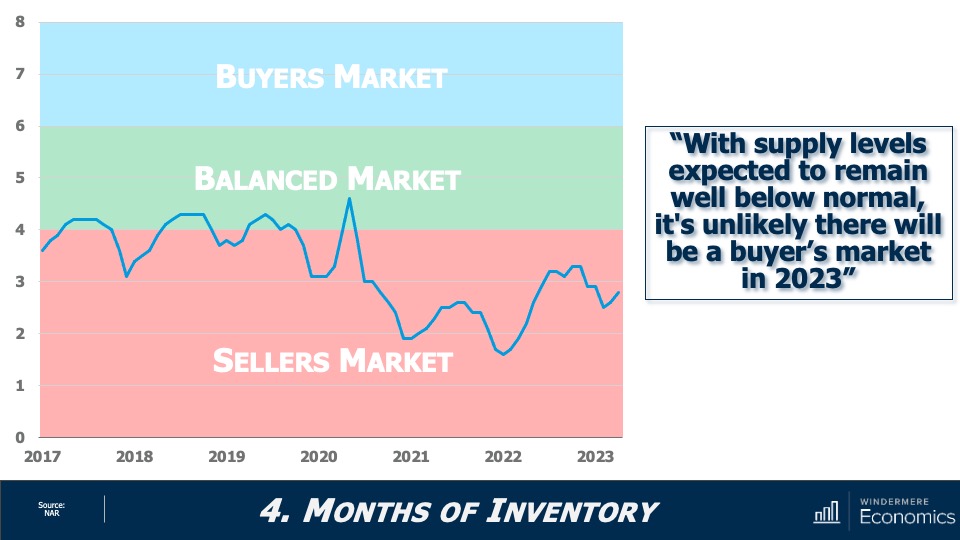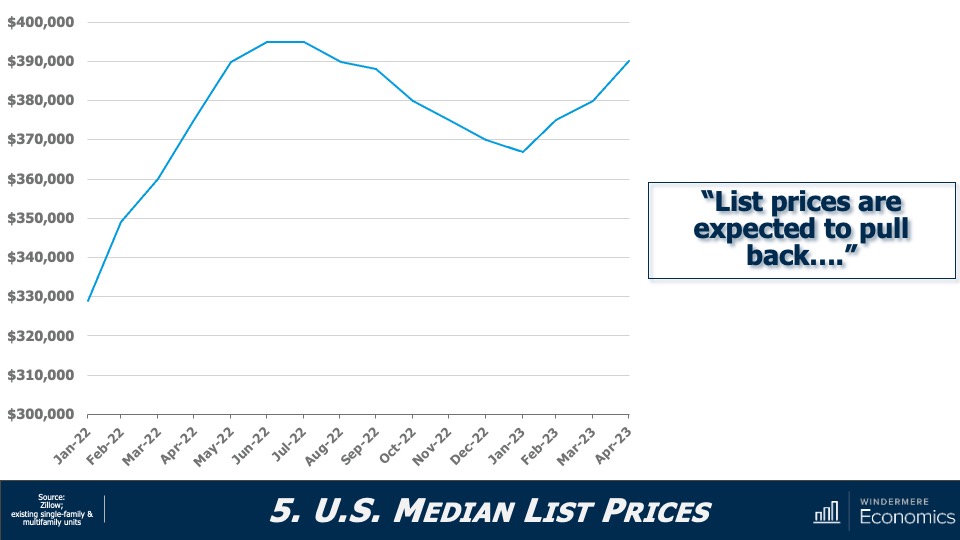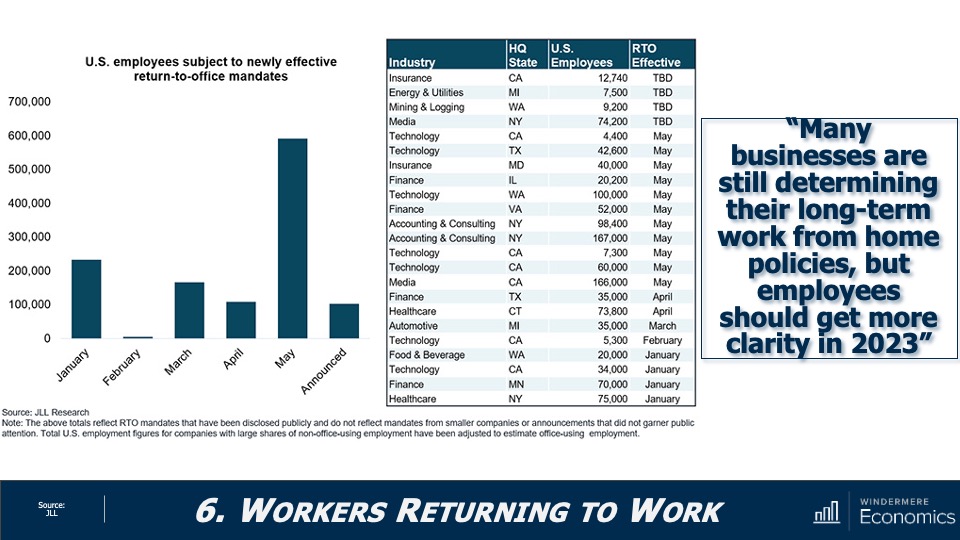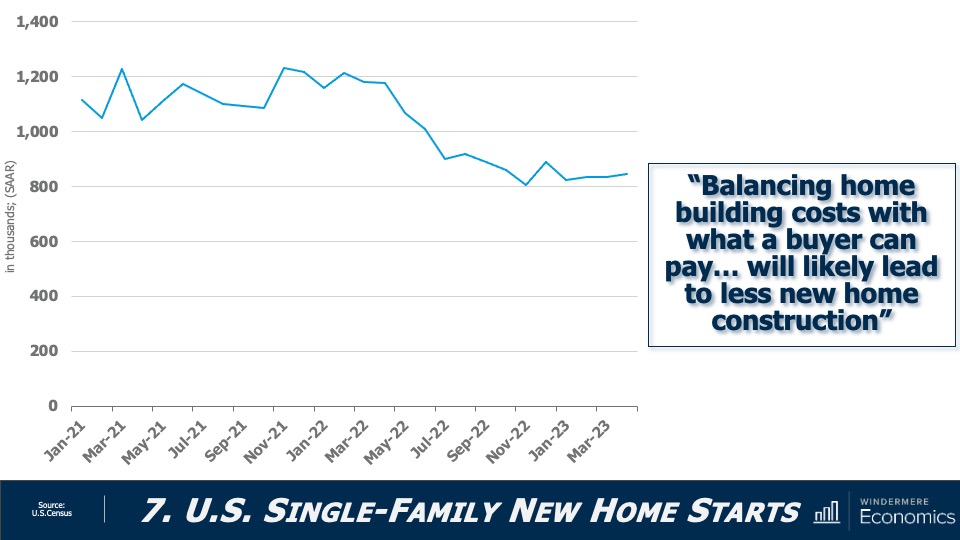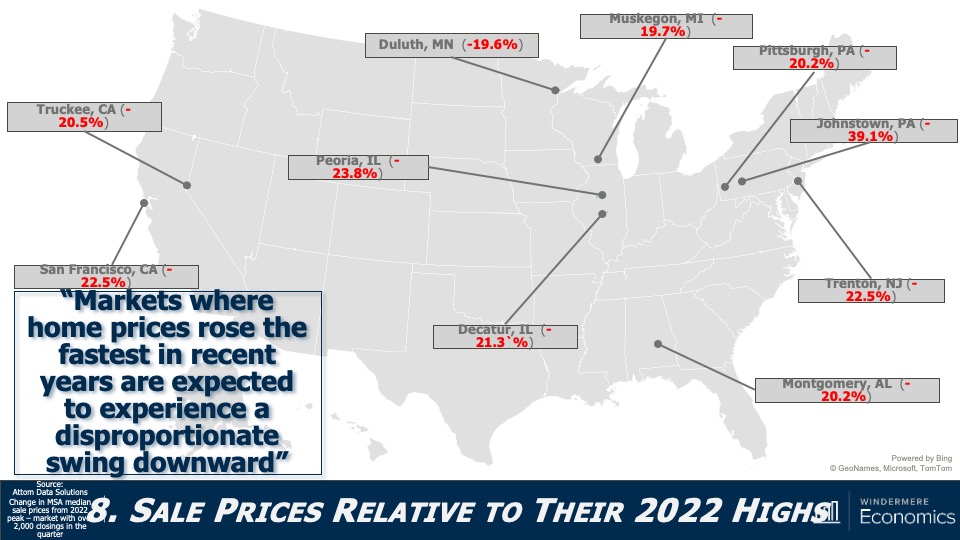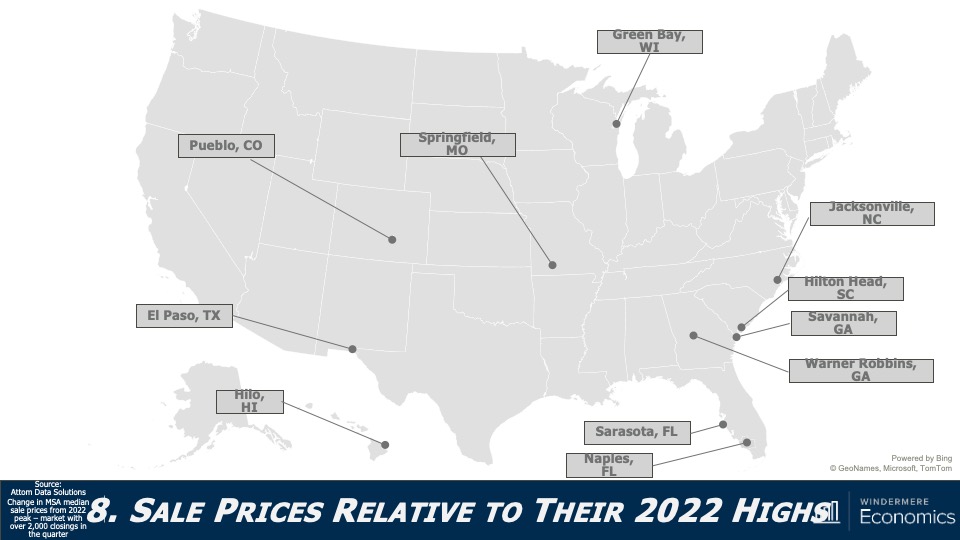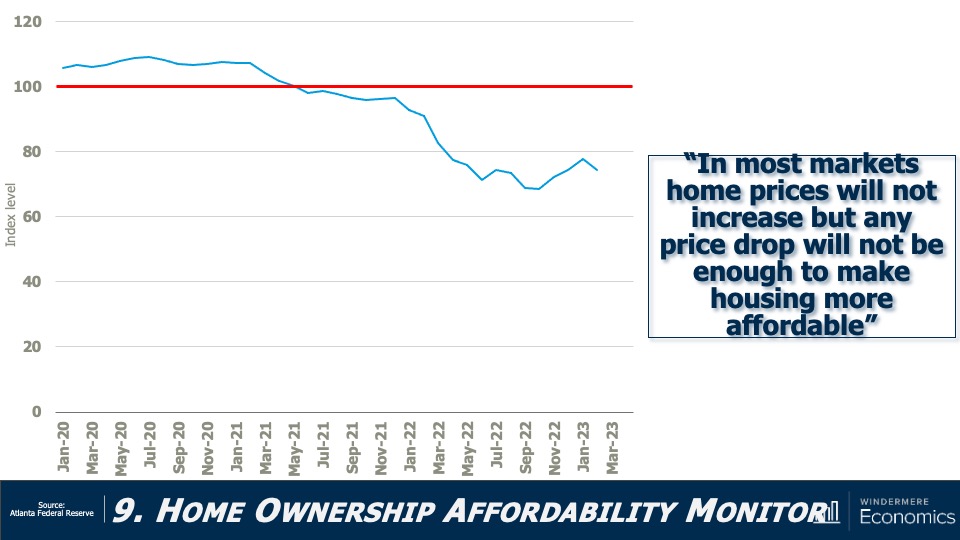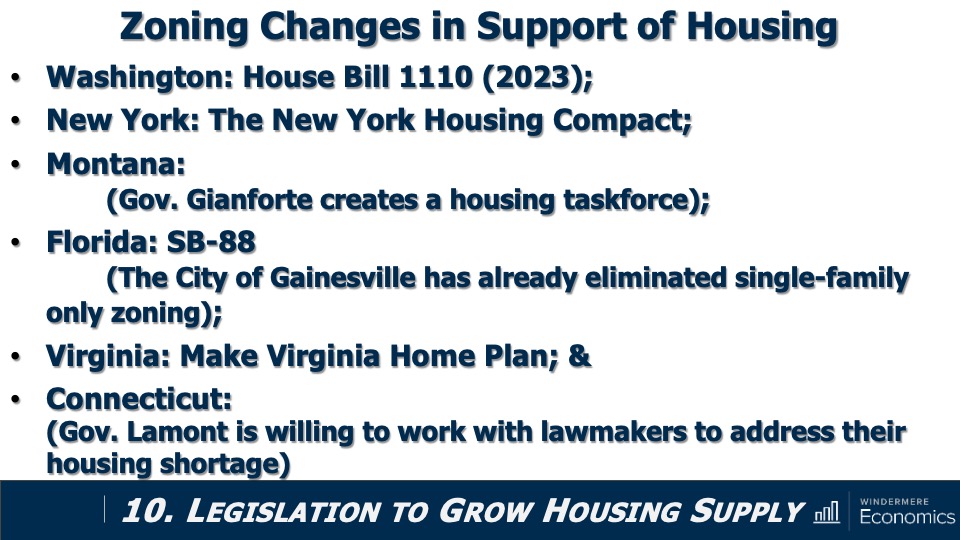There’s nothing more exciting, rewarding, and fulfilling than buying or selling a home. However, it’s a complex transaction, and there are a number of steps along the path that can confuse even the most seasoned buyers and sellers. How can you avoid potential selling pitfalls and common buying mistakes? Look to your real estate agent for advice and keep the following guidelines in mind.
How to Avoid Common Mistakes in Real Estate
Common Buying Mistakes
#1 Review Your Credit Reports Ahead of Time
Review your credit report a few months before you begin searching for homes. You’ll have time to ensure the facts are correct and be able to dispute mistakes before your mortgage lender checks your credit. Get a copy of your credit report from Experian, Equifax, and TransUnion. Why all three? Because, if the scores differ, the bank will typically use the lowest one. Alert the credit bureaus if you see any mistakes, fix any problems you discover, and don’t apply for any new credit until after your home loan closes.
#2 Get Pre-Approved for a Mortgage
Before getting serious about your hunt for a new house, you’ll want to choose a lender and get pre-approved for a mortgage (not just pre-qualified—which is a cursory review of your finances—but pre-approved for a loan of a specific amount). Pre-approval lets sellers know you’re serious. Most importantly, pre-approval will help you determine exactly how much you can comfortably afford to spend.
#3 Know What You Want
You and your real estate agent should both be clear about the house you want to buy. Put it in writing. First, make a list of all the features and amenities you really want. Then, number each item and prioritize them. Now, divide the list into must-haves and nice-to-haves.
#4 Account for Hidden Costs
In addition to the purchase price of the home, there are additional costs you need to take into consideration, such as closing costs, appraisal fees, and escrow fees. Once you find a prospective home, you’ll want to:
- Get estimates for any repairs or remodeling it may need
- Estimate how much it will cost to maintain (gas, electric, utilities, etc.)
- Determine how much you’ll pay in taxes monthly and/or annually.
- Learn whether there are any Homeowners Association (HOA) fees associated with the property
#5 Get a Home Inspection
Buying a home is emotionally charged—which can make it difficult for buyers to see the house for what it truly is. That’s why you need impartial third parties who can help you logically analyze the condition of the property. Your agent is there to advise you, but you also need a home inspector to assess any hidden flaws, structural damage, or faulty systems.

Image Source: Getty Images – Image Credit: svetikd
Common Selling Mistakes
#1 Avoid Getting Too Emotional About the Sale
Once you decide to sell your house, it’s time to strip out the emotion and look at it as a commodity in a business transaction. If you start reminiscing about all the good times you had and the hard work you invested, it will only make it that much harder to successfully price, prepare, and market the home.
#2 Make Repairs or Price Accordingly
Homes with deferred maintenance and repair issues can take far longer to sell and can be subject to last-minute sale-cancellations. These homes also often sell for less than their legitimate market value. If you simply can’t afford to address critical issues, be prepared to work with your agent to price and market your home accordingly.
#3 Don’t Overprice Your Home
Getting top dollar is the dream of every seller. But it’s essential that you let the market dictate that price, not your emotions or financial situation. Allow your agent to research and prepare a market analysis that factors in the value of similar homes in the area and trust those results. Overpricing your home often spells trouble and can leave significant money on the table.
#4 Use Quality Photos
The vast majority of prospective buyers today search for homes online first. In order to make a good first impression, you need a wealth of high-quality photos of your home and surrounding grounds. It’s also critical that you stage your home to generate maximum buyer interest.
The process of buying or selling a home can have plenty of twists and turns, but with some smart decision making, you can avoid the most common mistakes and pitfalls. Lean on your agent for guidance throughout the process. Connect with a local Windermere agent to begin your buying or selling journey:
Featured Image Source: Getty Images – Image Credit: jat306
 Facebook
Facebook
 X
X
 Pinterest
Pinterest
 Copy Link
Copy Link


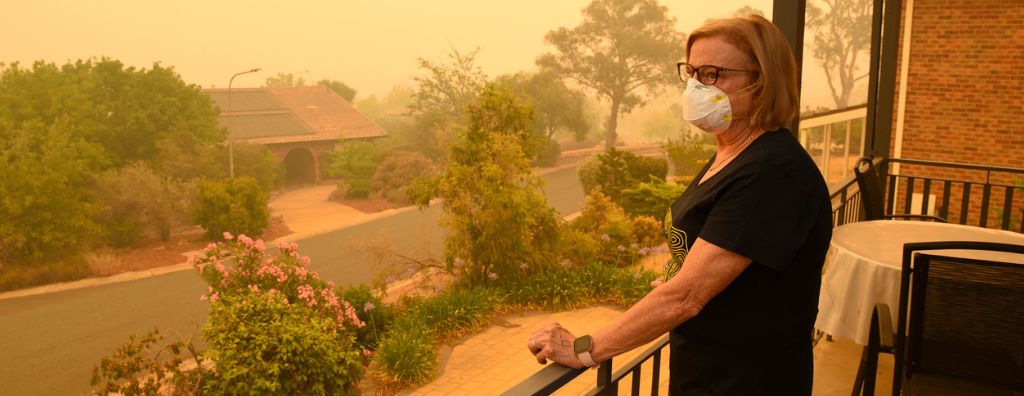
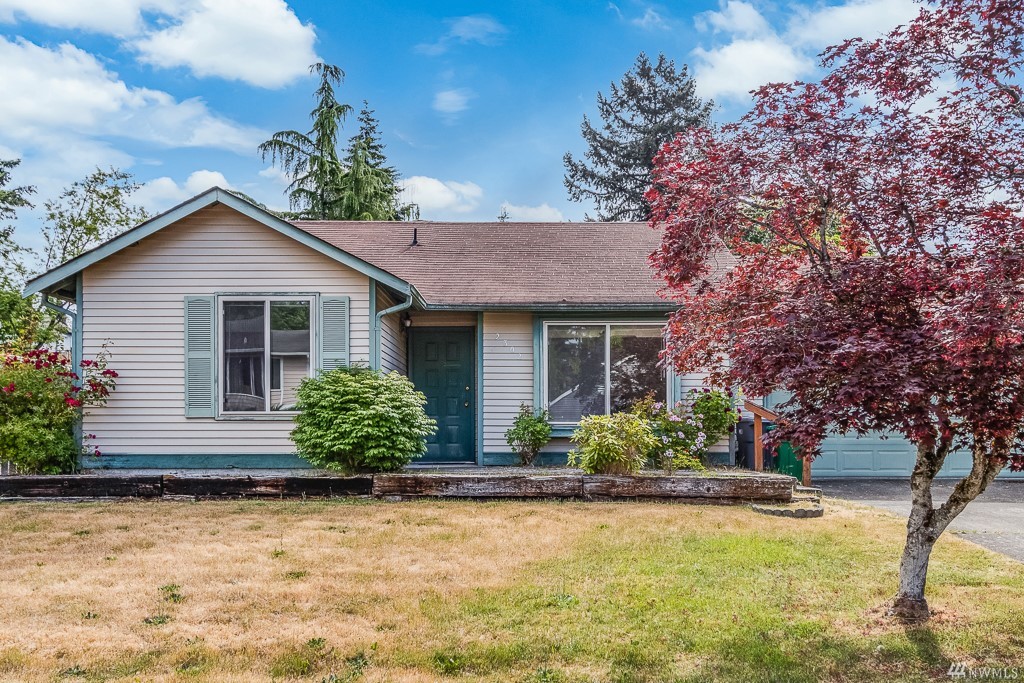
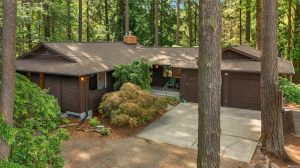 10115 SE 207th Street
10115 SE 207th Street 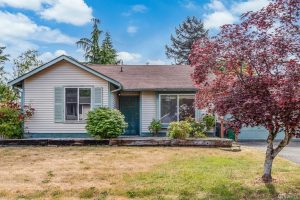 2302 Blaine Avenue NE
2302 Blaine Avenue NE 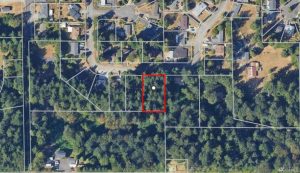 10125 SE 207th Street
10125 SE 207th Street 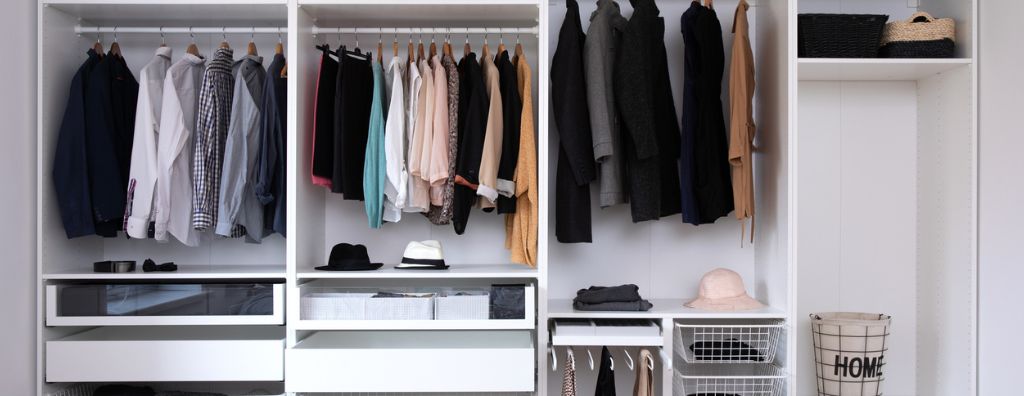

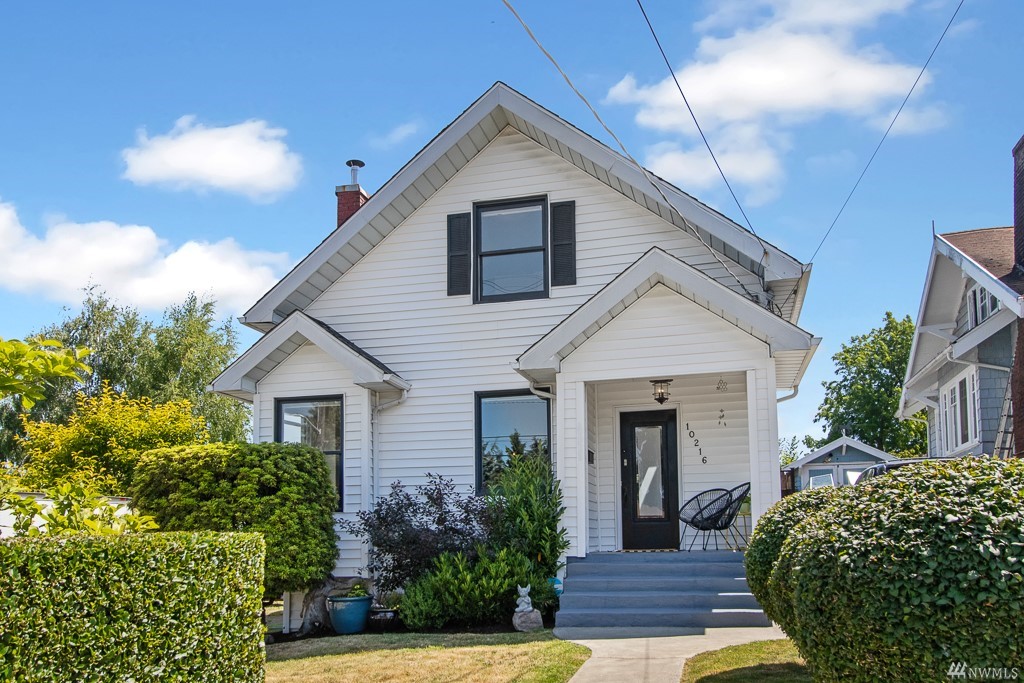
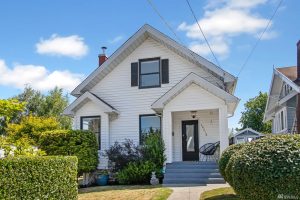 10216 56th Avenue S.
10216 56th Avenue S.

